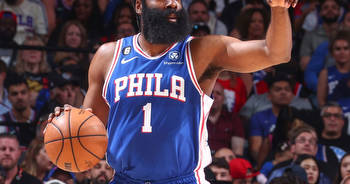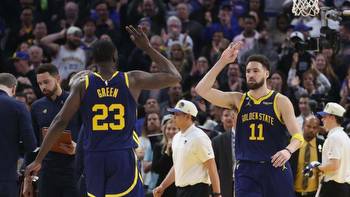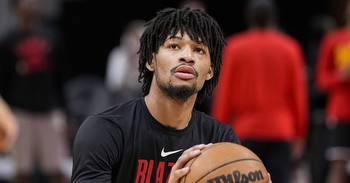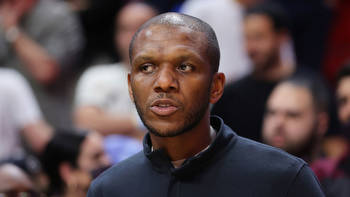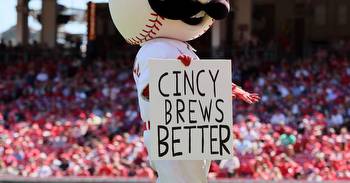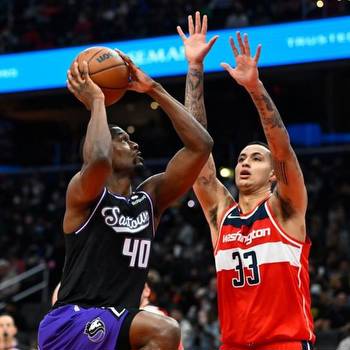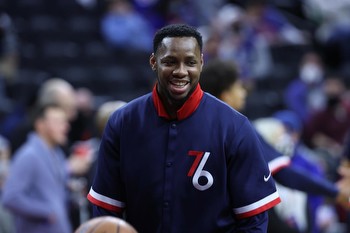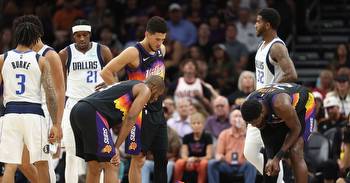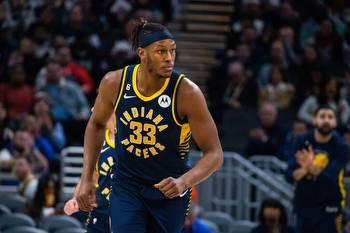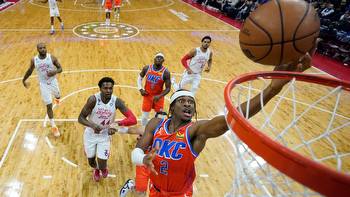Suns maximize spending power to close on free agent targets

In quite the turn of events from the past 19 years, Phoenix Suns ownership is spending every last dollar — even getting creative to spend than you thought they could — in an effort to bring a championship to the Valley.
The NBA’s Collective Bargaining Agreement is in place to ensure everyone makes money under a common set of rules. Owners balance the playing field amongst themselves with the salary cap and revenue sharing, while players get the freedom — well, at least some freedom — to both earn boatloads of money and choose their next employer. The idea is to create parity in the league while everyone gets rich.
Parity is goal, but there’s always ways to spend more than your peers if you really want to. In 2021-22, the Golden State Warriors and Los Angeles Clippers paid more in luxury tax penalties than any other other team had even spent on regular payroll.
New Phoenix Suns owner Mat Ishbia is aggressively adopting the Warriors/Clippers spending plan.
After paying more than $2 billion cash for the team ($4 billion valuation) less than five months ago, the Ishbias have signed off on trades to acquire two of the six highest paid players in the NBA, have now committed more money to their Top 3 players than any other owner for each of the next three years, and are spending the 3rd most money of any team this season (just behind Golden State and the LA Clippers).
Guaranteed salaries, 2023-24 season as of today:
And the spending is only going up. They have already committed by far the most money to the 2024-25 season, especially considering the second-year player options they handed out in the past week.
You’re not supposed to be able to have four players making $32+ million a year AND fill out the rest of the team with quality role players. The cap rules are set up to severely limit your ability to add talent beyond a certain spending point.
So the Suns entered free agency armed with only one spending mechanism — the minimum-possible salary the CBA allows — and crossed their fingers some good players would take the deal.
Well okay, they didn’t just cross their fingers. They made their minimum-salary offer look better than anyone else’s by offering a second-year player option with an 8% raise — giving the player much-coveted security to stay or go a year from now.
Seems simple enough, but it’s not. Teams rarely offer a second-year player option on any salary, let alone a vet min. Players in that salary range usually have to accept team options for future years, not player options.
Another wrinkle is the CBA. The league subsidizes one-year veteran minimums, paying about a third of the salary, which in turn lowers the associated luxury tax penalties. Let’s use the Eric Gordon contract for example. No matter what, Gordon takes home $3.2 million this season as a 10+ year NBA veteran. But Ishbia’s out-of-pocket this year alone is now $12 million for Gordon instead of $7.5 million because of the presence of that future year. Same contract, same roster, totally different out of pocket cost.
The Suns used this second-year-option tactic to get Keita Bates-Diop, Damion Lee and Drew Eubanks to all agree within minutes after the opening bell. Two days later, Gordon took it too (over a one-year offer from the Warriors at the same salary).
Now the Suns not only have 16 players under contract for this coming season (they can keep up to 21 all offseason, only dropping to 15 by opening night), they already have 11 under contract for the next season after that too.
Here’s an updated cap sheet:
The Suns could start training camp for next season right now if need be, but still have a steep drop-off from their 3rd best player to the 4th best, and even steeper from the 4th to the 5th. A rotation-balancing trade may still materialize, where the Suns must send out +/- 10% of the salaries they bring back.
What’s in the box as far as tradable assets right now?
- Deandre Ayton, age 25 next season, mid-level starter making $32 million this year, owed $102 over the next three years
- $7 Million Cash
- Cameron Payne, age 28, mid-level backup owed $6.5 million this year, but only $2 million if released by 6/29
- $5.05 Million Trade exception (from Saric/Bazley trade) that can take in up to $5.05 million in a single player’s salary via trade. Must be used to acquire player(s) making up to the exception amount + 10%, without sending a player back. But they must send something back, either a draft pick or cash, but they don’t have any tradable draft picks.
- Ish Wainright, Jordan Goodwin and Isaiah Todd — minimum salary guys under $2 Million each, would mostly be salary filler. Only Goodwin has arguable upside.
- Secondary swap rights in 2024
- Secondary swap rights in 2026
That’s a lot of bullet points, but not a lot of good ones. To get real value back, Ayton’s still the only big trade chip and he’s quite valuable just staying on the team and maximizing his potential. Wouldn’t that be nice?
As it is, the Suns are true contenders. Their Vegas betting odds for the 2024 championship improved over the weekend, and they now have the 3rd best odds in the league to win the championship next year. Doesn’t mean anything, I know. But it’s better than being 30th!
Since the playoffs ended, they have done an incredible job not only improving the top end of their roster (Beal over Paul), but also by improving on last year’s bench. This year’s supporting cast is longer, bouncier and younger. Oft-critical John Hollinger gives the Suns the highest grade so far, and that’s saying something. Putting all that around a Booker/Durant pairing should bode well come playoff time.

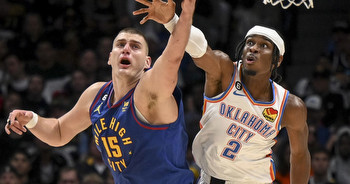
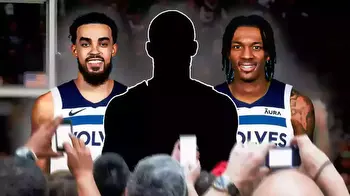






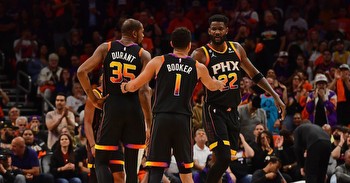

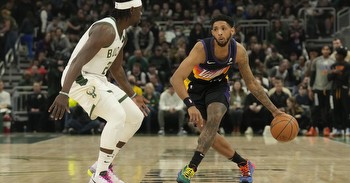
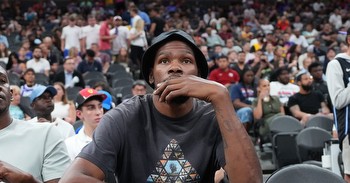
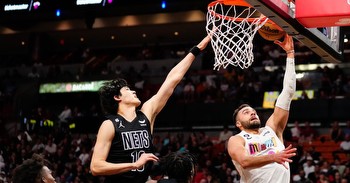
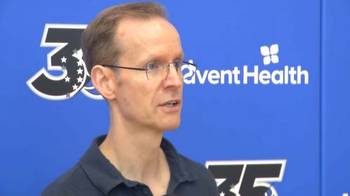
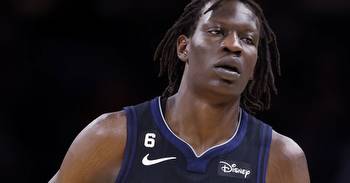

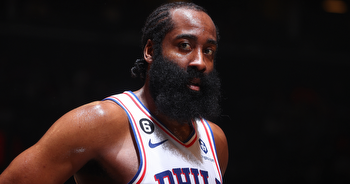
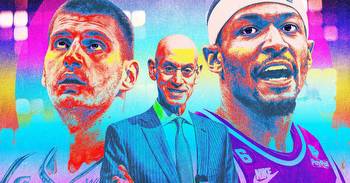

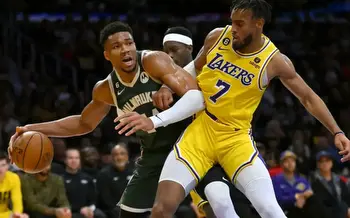
![NBA betting, odds: Denver Nuggets open as early favorites to win back-to-back Finals [Video]](/img/di/nba-betting-odds-denver-nuggets-open-as-early-favorites-to-win-back-to-back-finals-video-1.jpg)

